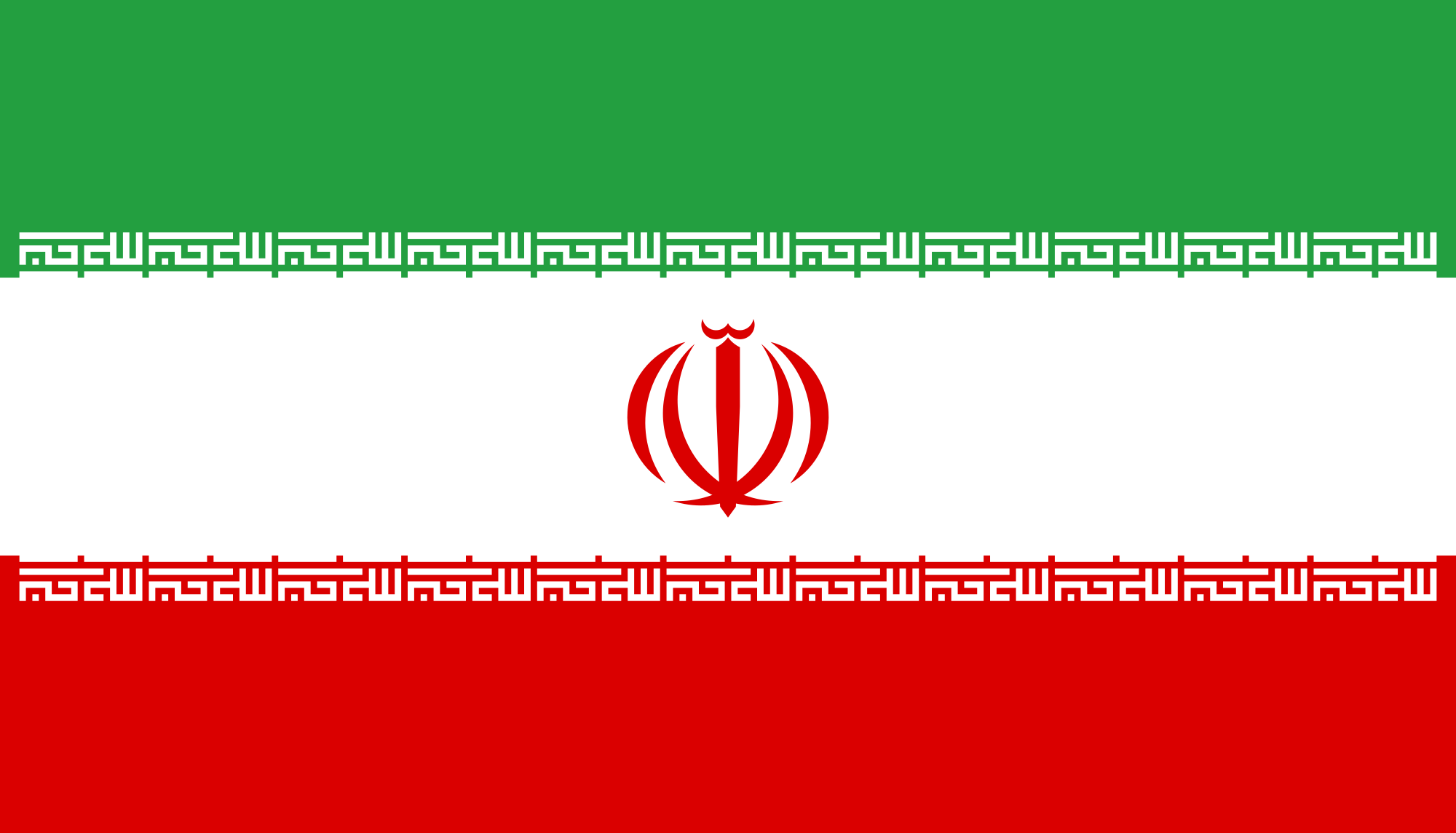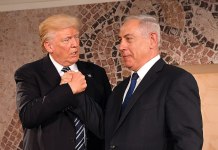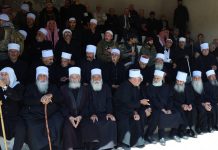The Biden administration plans to impose a new package of sanctions against Iran’s evolving capabilities for precision-strike drones and guided missiles, despite ongoing negotiations on the nuclear program, the Wall Street Journal (WSJ) reported on Thursday, citing unnamed US officials.
The sanctions come in response to growing US concerns over the threat that these weapons increasingly pose to US forces and their allies in the Middle East, according to the report.
“Iran’s drones are becoming an increasing threat to our allies in the region,” a US official said, as cited by the report.
The new sanctions campaign will target Iran’s procurement networks, including suppliers of parts used to build drones and guided missiles, in a bid to disrupt Tehran’s strike capabilities, US officials said.
The US officials said the new sanctions would be separate from other designations that Washington has offered to lift if Tehran returns to compliance with the 2015 nuclear deal, the Joint Comprehensive Plan of Action (JCPOA)
Earlier in July, WSJ reported that the Biden administration was considering imposing new sanctions on Iran’s oil deliveries to China if Tehran decides to withdraw from nuclear talks, the sixth round of which ended on June 20.
US To Build Pressure On Iran
On Monday, Biden told visiting Iraqi Prime Minister Mustafa al-Kadhimi at the White House that the US combat mission in Iraq would come to a close by the end of this year, although a remnant would stay behind in a train-assist role to counter the Islamic State terror group.
“It appears that the Biden administration plans to apply in Iraq the same method of control that it uses in North-East Syria,” former UK Ambassador to Syria Peter Ford said. “That is, a light military footprint on the ground to direct the work of a proxy force.”
In Syria, the proxy force the US backs is the Kurdish-controlled Syrian Democratic Forces, Ford added, and in Iraq, it is the national army.

Ford said this will be supplemented by threats of airstrikes and economic firepower – including bribes to reward Iraqi political allies. Sanctions will also be used to deter any actions by Baghdad deemed harmful to US interests, he said.
“The move appears to follow the realization that a heavy ground presence is not only unnecessary when the same control can be achieved for less,” Ford added.
The former UK diplomat also said it represents one of the aftershocks from the sanctions/tanker war of 2019 when the US attempted to starve Iran into submission by economic siege and Tehran retaliated by striking American client targets in Iraq and the Gulf.
“As such it must also be seen as part of the maneuvering over renewal of the Iran nuclear deal,” Ford said.
A smaller US footprint in Iraq, he explained, may deplete Iran’s inventory of targets, thus reducing Tehran’s leverage in negotiations. Hence, it is highly likely, Ford said, that hawks in Washington will not try to stymie it as they did former President Donald Trump’s attempt to exit Syria.
Former US Ambassador to Saudi Arabia Chas Freeman, however, believes the US leaving a non-combat footprint behind could still serve as a target.
“Biden’s decision sets the stage for a further test. What is being withdrawn is combat troops. Forces not engaged in combat will remain and they will be a target for forces in Iraq determined to remove the American presence entirely. How will the remaining US troops be protected?” Freeman asked.
Former UN human rights adviser James Paul observed that nothing has been said about US-funded mercenaries, air force assets – including drones – based in Iraq and third countries like Jordan or the Gulf states.
“In short, the war continues – a war which is not only about controlling Iraq and its oil reserves but also about keeping pressure on Iran and seeking regime change there,” Paul said.




